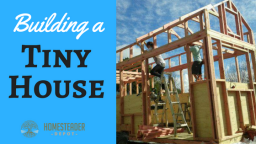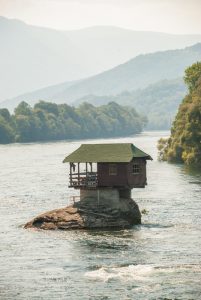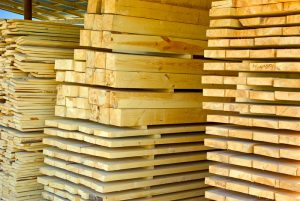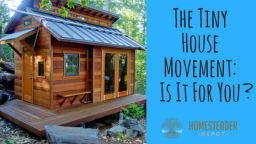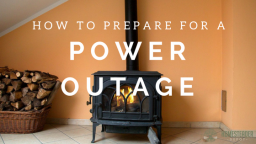Rather than rely on fossil fuels or nuclear energy to cool off your home this summer, why not go off-grid? These systems are just as effective, yet they use natural sources of power – not “standard” electricity in order to cool your home down. A geothermal system is just one example. You can also utilize green energy, like solar or wind power, in order to run the systems that will keep you cool all summer long. No matter what, you’ll save money and do your part to save the environment – while staying comfortable at the same time. There’s nothing quite like accomplishing all of that at once!
Utilizing Solar Power
There are several different types of solar power systems out there. All of them do the same thing – they soak up sunlight using solar panels. The sunlight is turned into electricity, and then it flows into your home. You can set up a system that’s completely off the grid, or you can choose one that is still hooked up to city or county power (i.e. standard electricity) that only kicks on should you need a backup system. It all comes down to how sunny your area is, as well as the type of system that you prefer. No matter what, you’ll be able to use this power to cool down your home without relying on any other methods. It’s designed to work well and be very efficient.
>> Build Your Own Solar And Wind Power System – Click Here To See How <<
Harness The Power of the Wind
Depending on where you live, you might be able to set up a wind-powered system. These work much better in areas that have plenty of open space, as well as a fairly continuous nice breeze. Since there are laws against putting a giant wind-powered system in your city backyard, you’ll have to be in the country for this to work. With that said, it’s entirely possible to power your home – including your floor fans, ceiling fans, and more, with a wind-powered electrical system. Just make sure to choose one that saves up electricity in a series of batteries so that you’ll stay cool on those non-windy summer days.
Create a Geothermal System
Geothermal systems sound complicated, but they really aren’t. These systems are designed to use the cool temperatures found about five or six feet underground, using them to control the temperature in your home. It all starts with a single PVC pipe. You’ll need one that’s around four inches in diameter. Since the pipe may be prone to leaks, as well as insects and other things, make sure to seal off the underground end with a fine mesh screen and account for necessary drainage. After you have all of these pieces into place, a geothermal system just requires some general digging: the end of the pipe needs to be deep enough in the ground to take advantage of the consistent 50-degree temperatures found there. Once you have it in place, run the other end into your home and set up a fan so that the cool air circulates. This is a very simple geothermal system.
Another geothermal method uses water in the form of a hose buried at the same distance under the ground. The water flows through the hose with the help of a water pump. A radiator on the inside uses the water in order to cool down air that flows throughout your home. Like the other system, only a little electricity is needed in order to run the pump, the fan, and the radiator. However, the system does run almost entirely off of the grid, especially if you choose to use solar or wind power.



